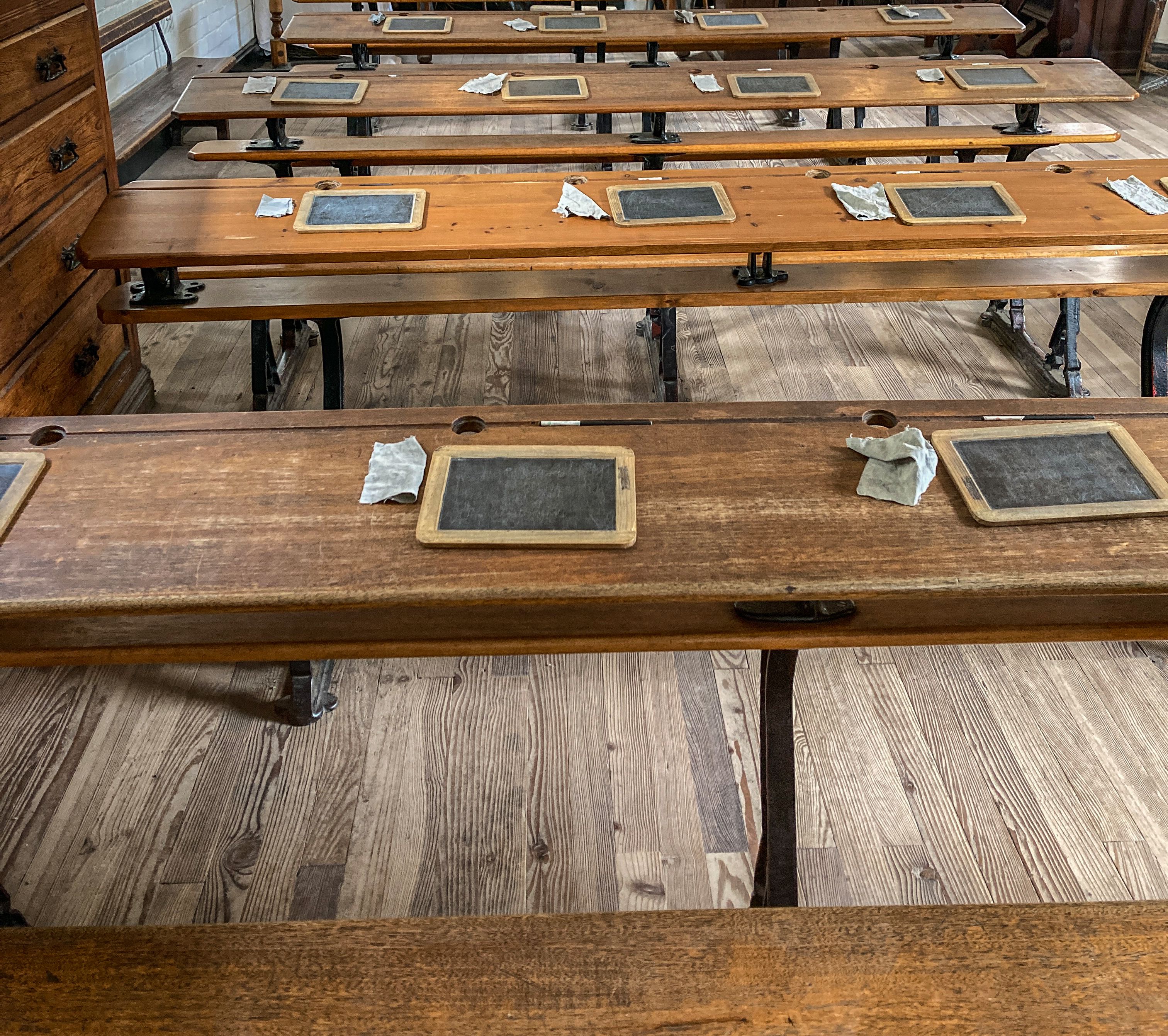Exploring the Evolution of English Language Teaching Methods
JT
The Beginnings of English Language Teaching
The journey of English language teaching (ELT) has been a fascinating one, evolving significantly over the centuries. Initially, English was taught as a means of communication for trade and diplomacy. The earliest methods were heavily influenced by the traditional Latin teaching approach, which focused on grammar and translation. This method, known as the Grammar-Translation Method, emphasised reading and writing over speaking, often neglecting oral proficiency.
While this method helped learners understand the structural aspects of English, it did little to enhance communication skills. The need for more effective language instruction methods became evident as global interactions increased.

The Rise of Audio-Lingual Methods
With the rise of globalisation in the 20th century, the demand for effective English language teaching methods grew. The Audio-Lingual Method emerged, emphasising listening and speaking. Rooted in behaviourist psychology, this method used repetition and drills to instil linguistic patterns in learners. It marked a significant shift from the focus on written language to oral proficiency.
Although the Audio-Lingual Method improved conversational skills, it was criticised for its lack of focus on creative language use and critical thinking. It relied heavily on rote learning, limiting students' ability to use language in dynamic contexts.

Communicative Language Teaching
The shortcomings of previous methods led to the development of Communicative Language Teaching (CLT) in the late 20th century. This approach emphasised interaction as both the means and the ultimate goal of learning. CLT focused on developing learners' communicative competence, encouraging them to use language in real-life situations through role-plays, group work, and problem-solving tasks.
The success of CLT highlighted the importance of functional language use and cultural context in language learning. It fostered a more holistic approach, integrating listening, speaking, reading, and writing skills.

Task-Based Language Teaching
Building on the principles of CLT, Task-Based Language Teaching (TBLT) emerged as a popular method in the late 20th and early 21st centuries. TBLT focuses on the use of authentic language through meaningful tasks that simulate real-world activities. This approach encourages learners to employ their language skills creatively and practically.
The effectiveness of TBLT lies in its ability to engage learners actively, allowing them to experience language as a tool for achieving specific goals. By prioritising communication over correctness, TBLT fosters a supportive environment where students can experiment with language without fear of making mistakes.
The Role of Technology in Modern ELT
In recent years, technology has revolutionised English language teaching. Digital tools such as language learning apps, online courses, and interactive platforms have made learning more accessible and personalised. These tools provide learners with instant feedback and a wealth of resources to practice at their own pace.
The integration of technology in ELT has also facilitated blended learning approaches, combining traditional classroom methods with digital resources. This hybrid model allows for a more flexible and customised learning experience.

Future Trends in English Language Teaching
As we look to the future, several trends are likely to shape the evolution of ELT. One such trend is the increasing emphasis on cultural competence and global citizenship. As English continues to be a lingua franca, understanding cultural nuances and fostering intercultural communication skills will become integral components of ELT curricula.
Moreover, advancements in artificial intelligence are poised to further transform language teaching. AI-driven tools can offer personalised learning experiences and adaptive feedback, catering to individual learners' needs and preferences.
The journey of English language teaching is one of continuous adaptation and innovation. By embracing new methods and technologies, educators can better equip learners to thrive in an interconnected world.
